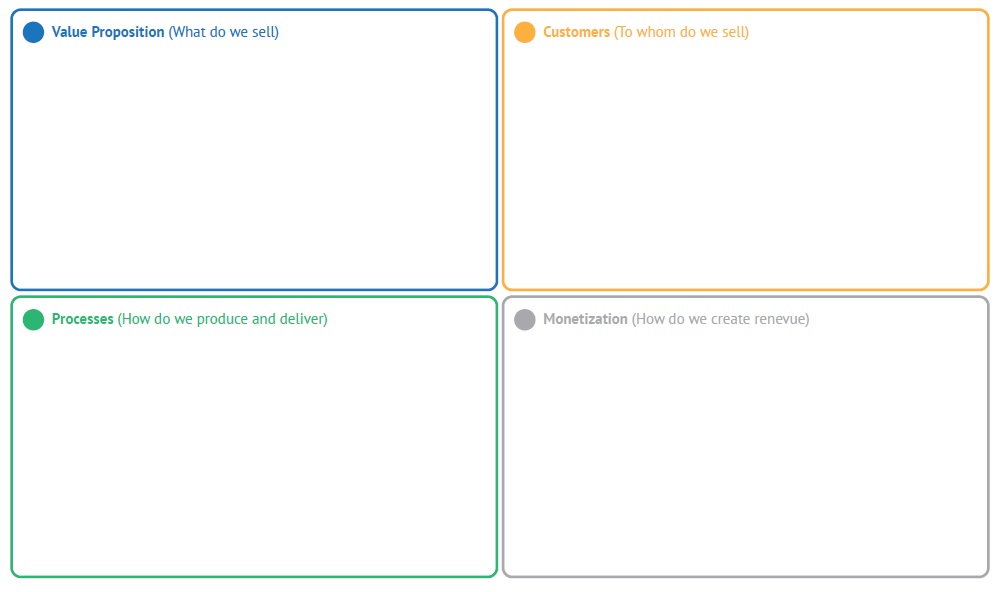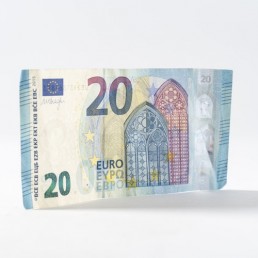Before we covered what a business model is and now we want to go into how to develop a business model.
In order to build a business model you need to cover at least four elements.
-
-
- What do we sell? This is called the value proposition.
- To whom do we sell it? This is your customer.
- How do we produce and deliver? These are the processes involved.
- How do we create revenue? This is your monetization logic.
-

A necessary condition for a sound business model is a good configuration of these four elements. Let’s consider for instance a simple example of Airbnb’s business model:
-
-
- What does Airbnb sell (the Value Proposition): a sharing platform for people who want to travel.
- To whom does Airbnb sell (the Customer): to people who want to travel and people who want to share apartments.
- How does Airbnb deliver its platform services (the Processes): by specializing in connecting apartment owners with apartment seekers by leveraging their brand, platform and database.
- How does Airbnb make money (the Monetization): by covering the operational, development and maintenance costs of its platform and marketing services with charging commissions from apartment owners.
-
What are business model patterns?
This is a very well balanced business model. All four elements fit well together. However, you might have noticed that there are many different possibilities to set up a business model. AirbnB could have decided to own all apartments and to serve students – that is basically a hostel – but they did not. It is important to think about these choices. This is where business model patterns come into play. In general, a pattern can be described as a reusable solution to a reoccurring problem (Alexander et al., 1977). Business model patterns help to create new configurations and help to identify blind spots, spark creativity and consider alternative configurations.
Popular business model patterns
Some of the most popular business model patterns at the moment include the following:
-
-
- Razor & Blade: basic product is cheap/free, but the consumables needed to operate it are expensive and sold on high margins (E.g. Gillette, HP).
- Freemium: basic version of an offering is given away for free in the hope of eventually persuading the customers to pay for the premium version (E.g. Skype, Dropbox, Spotify).
- Peer to Peer: based on cooperation that specializes in mediation between individuals belonging to a homogenous group (E.g. Ebay, Airbnb, Couch Surfing).
- Self-service: part of the value creation is delivered to the customer in exchange for a lower price of the product/service (E.g. IKEA).
- Subscription: customer pays a regular fee in order to gain access to a product/service (E.g. Costco, Dollar Shave Club).
-
Now that you understand the four core pillars of any business model, you are ready to start developing your business model on the world’s largest business model pattern database!
Excited to translate your business idea into a scalable business model?
Simply sign up now to access our tutorials, videos and tools that guide you through the art of creating and testing winning business models.
All this, and a lot more – for free!







